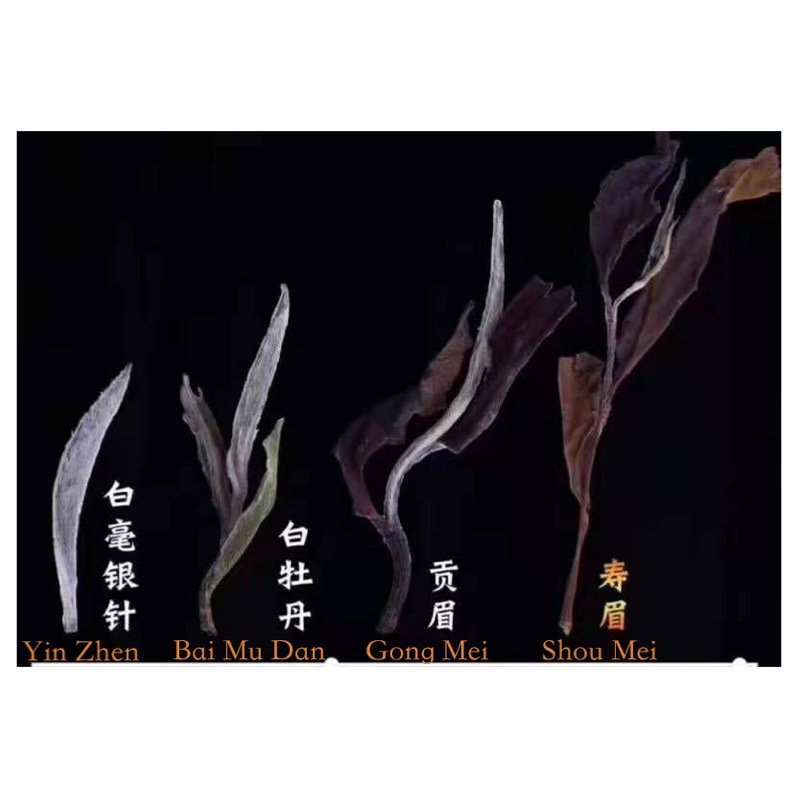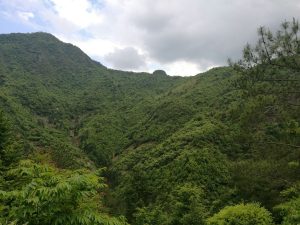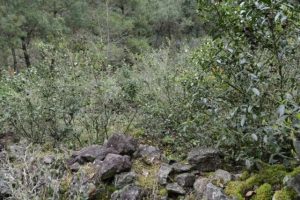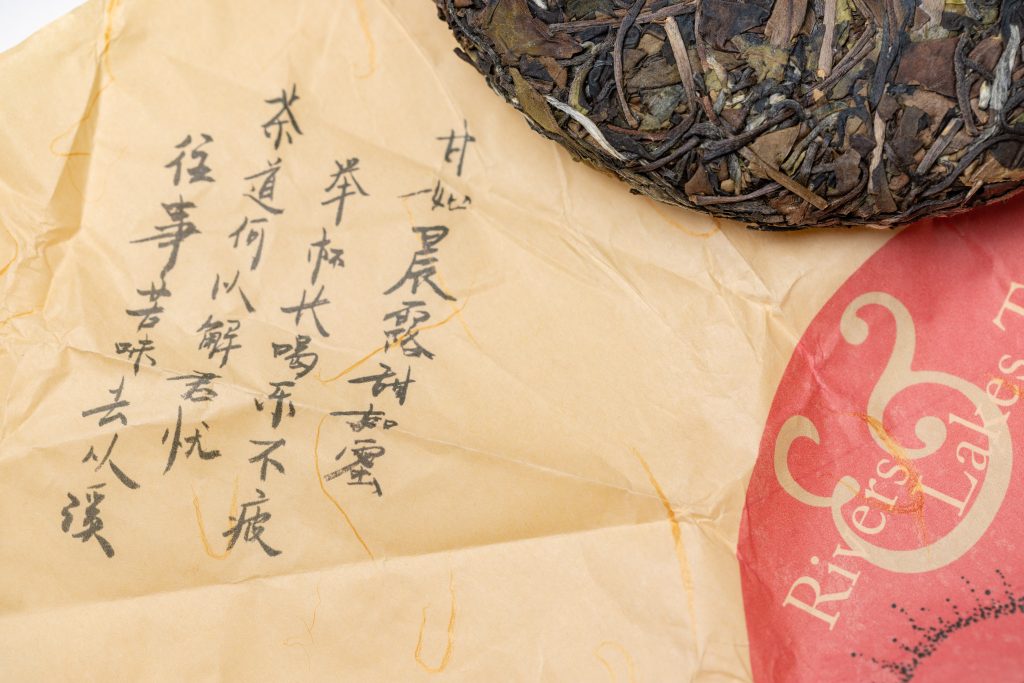$10.00 – $66.00
An instant beloved cult classic amongst friends, this leaf-heavier white tea yields sweet, fragrant, juicy nectar from already partially oxidized leaves, due to fantastic terroir and some bold experimentation during processing.
On April 12th, 2021, semi-wild and cultivation-escaped tea bushes at 1100 meters were harvested of their 1 bud - 2-3 leaf sets. The original Da Bai gardens were planted some 30-40 years ago in the high remote village of 锦屏 Jinping, only to be abandoned and left to grow wild. Today, it is thought that about 40 percent of the tea plants residing in these overgrown gardens are of the original Da Bai cultivar, the rest are what the villagers refer to as simply 土茶 tǔ chá, a local varietal that has been growing wild since folks can remember.
1100 meters in elevation is high for Fujianese tea in general, and beats out the typical white tea growing areas in other parts of Zhenghe County, and certainly the coastal white tea capitol of Fuding to the East. Higher up means slower growing, and often more remote + more ecologically clean, all being the case for teas in Jinping.

Jinping Village, Zhenghe County, Fujian

crystal clear water, even in the middle of town
Setting this tea even further apart from other white teas is the unique processing approach. Mr. Chen decided to expose this tea to an unconventional jostling/agitation phase (摇青 yáo qīng) during its withering phase (萎凋 wēidiāo) to frontload in some additional oxidation and fragrance. This step is typically found in Oolong production, yet complements the stylistic simplicity and gentleness that white tea processing showcases.
贡眉 Gòng méi can be translated as an imperial tribute grade of the leafy white tea 寿眉 Shòu méi, which translates to Longevity Eyebrow, referring to the wavy white long brows of men that have ripened to advanced elder years. And while the name Gong Mei may get relegated to mean a specific cultivar by bureaucrats in Fuding, a lot of folks in Zhenghe aren't phased and continue to use the name to refer to a kind of plucking grade.

Some marketeers might brand this a leafier Bai Mu Dan, others might consider this a true Shou Mei. Confusing naming convention politics aside, this decidedly Gong Mei tea delivers something absolutely special and unique that we're proud to serve. Please enjoy!




2024 RERELEASE:

Our friend Shunyu Huang fell deeply in love with this tea. So much so that she was inspired to write the above poem about it. When we found out another small stash of this tea was able to be accessed, we asked to digitize her calligraphy and was able to print her words on the wrappers of the latest pressing of this tea. Admittedly nearly impossible to truly translate to capture the original spirit, here is her personal translation:
甘如晨露甜如蜜
Nourishing like morning dew, sweet like honey
举杯长喝乐不疲
How I don’t get tired of drinking, cups after cups of happiness
茶道何以解君忧
How could the way of tea wash away my worries?
往事苦味去从溪
The bitterness of the past has gone with the creek
What a lovely poetic tribute to a special tribute tea. Drinking tea with Shunyu has been such a delightful experience. She helped me get over my aversion to Shou Puer by letting me taste what she prefers.
What a lovely poetic tribute to a special tribute tea. Drinking tea with Shunyu has been such a delightful experience. She helped me get over my aversion to Shou Puer by sharing her recommendations at her table.
This is absolutely my favorite tea that I've ever tasted so far in my tea journey. I love white tea anyway, and lean toward shoumeis and gongmeis, but there is just something about this one--a unique flavor, almost a spiciness but not really. I can't really label it but I've stocked up on cakes so I can continue to enjoy it for a loooong time to come!
A pretty standard white with some nuances. Not overly sweet, but still has good honey notes. A pleasant, almost-tangy note; something like fermented fruit. A lightly-smoked nuttiness also found it's way in the mix.
Very good, flavorful white tea.